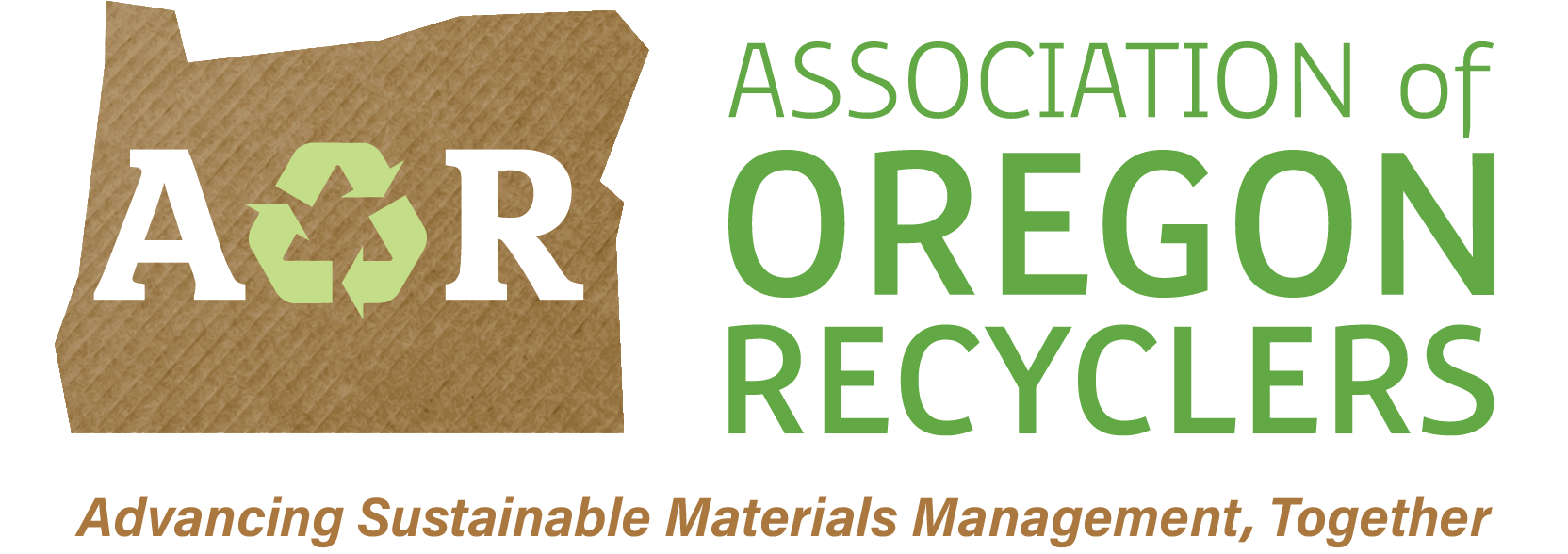(EPR) model approach by Resa Dimino and Bryce Hesterman of RRS
Recycling has been the subject of many negative headlines over the past two years: “The World’s Recycling is in Chaos;” “RIP: Recycling is Dead as We Know It;” “Recycling is a Waste.” The list goes on. Of the communities surveyed in The Recycling Partnership’s 2019 “The State of Curbside Recycling” report, more than 50 have canceled their recycling programs, and 29 percent have stopped collecting certain items.
It is undeniable that the past few years have presented unprecedented challenges to recycling globally. In the United States, costs are at historic highs, and revenues are at historic lows. And yet, the public, for the most part, still wants to recycle, and many manufacturers depend on recycled feedstock.
Consumer brands are responding with increasing commitments to design for recyclability and to use more recycled materials. But these commitments are not driving increased collection of the materials needed to meet those goals. In fact, current and projected demand for recycled content far outstrips the supply of key recyclables, including plastics such as polyethylene terephthalate, high-density polyethylene and polypropylene.
How can these diverging trends be reconciled? A growing chorus is pointing to extended producer responsibility (EPR) legislation for printed paper and packaging (PPP) as a solution.
